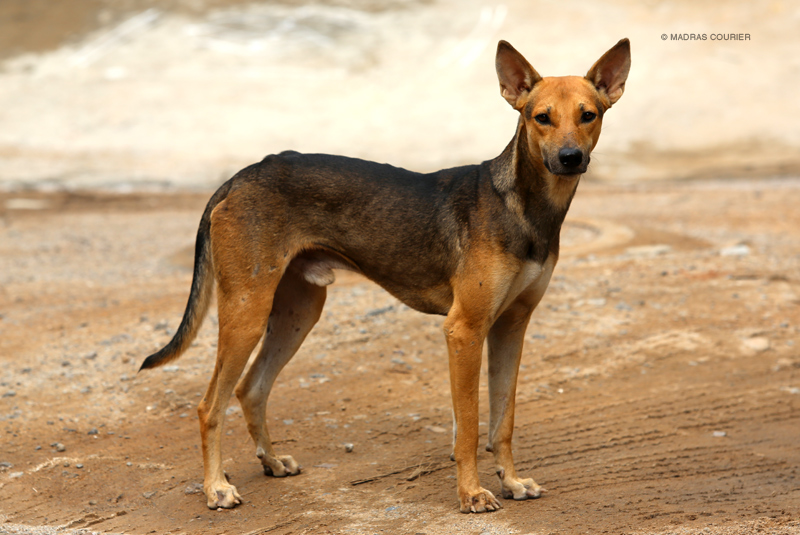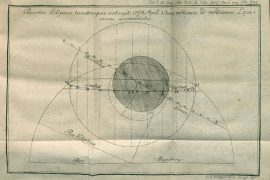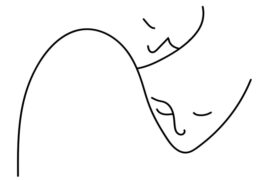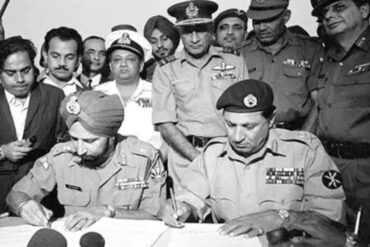Primitive. Street. Pariah. These are deceptively derogative terms for India’s most common breed of dog. The Indian Pariah Dog (Canus Lupus Familiaris) is every bit as ancient as the subcontinent; their skeletons having been unearthed from the remains of the Indus Valley Civilization.
It’s a lineage that dates back 15,000 years, and perhaps even to the Palaeolithic era. Throughout the ages, the Pariah Dogs have been our best friends in the subcontinent.
Also known as the Indian Native Dog (INDog), they are free-ranging – leading to them being a common site on Indian streets in both villages and cities alike. India’s street dogs are usually mongrel mix-breed of the indigenous Pariah and other pedigree dogs (usually abandoned). You can differentiate a Pariah from a mongrel by its wedge-shaped tail, pointed muzzle and ears, curved tail and its alert nature.
When not mixed with other breeds, the INDog displays a uniform lineage from their ancient types, which is why the Primitive and Aboriginal Dog Society (PADS) has recognised them as a breed. However, many kennel clubs are yet to do so.
Copyright©Madras Courier, All Rights Reserved. You may share using our article tools. Please don't cut articles from madrascourier.com and redistribute by email, post to the web, mobile phone or social media.Please send in your feed back and comments to [email protected]











